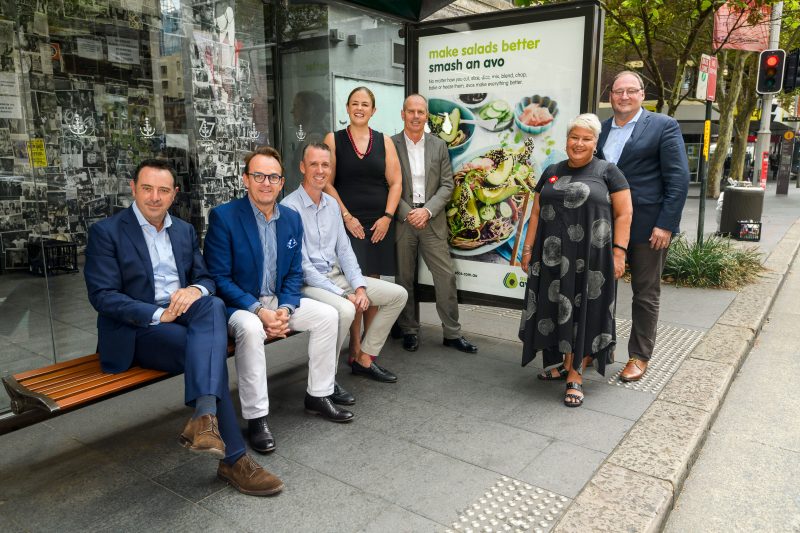OMA launches world-first policy to limit the public’s exposure to discretionary food and drinks
The out-of-home (OOH) industry has united through the Outdoor Media Association (OMA) to take a stand against obesity in Australia by reducing the public’s exposure to discretionary food and drinks.
The policy will see OOH signs within a 150 metre sightline of a school be restricted with what messaging they can carry in a bid to meet community expectations and support the government in helping Australians make healthier choices.

The outdoor industry has come together on a new world-first policy


Fine, except the biggest factor in determining if you’re obesity and have associated other health problems is where you live. All this achieves is reinforcing the lazy and incorrect notion that advertising is the cause of the issue.
Frank, while I agree with you that advertising isn’t a cause, I believe that obesity is a complex issue needing to be addressed a systematic focus in order to reduce social and economic disadvantage. Thirty five per cent of children living in the most disadvantaged areas are overweight or obese, vs 25 per cent in more affluent suburbs. This is a complex problem that needs a set of comprehensive policies and programs to support children, families and communities to be healthy and active throughout their lives. Our policy is one piece. We have taken a leadership position, that is not to say others in our industry and in government aren’t also doing their bit. We hope with this policy and our donation of $3 million of advertising space across Australia every year to feature targeted advertising campaigns nationwide which support healthy diets and lifestyle choices will make a difference.